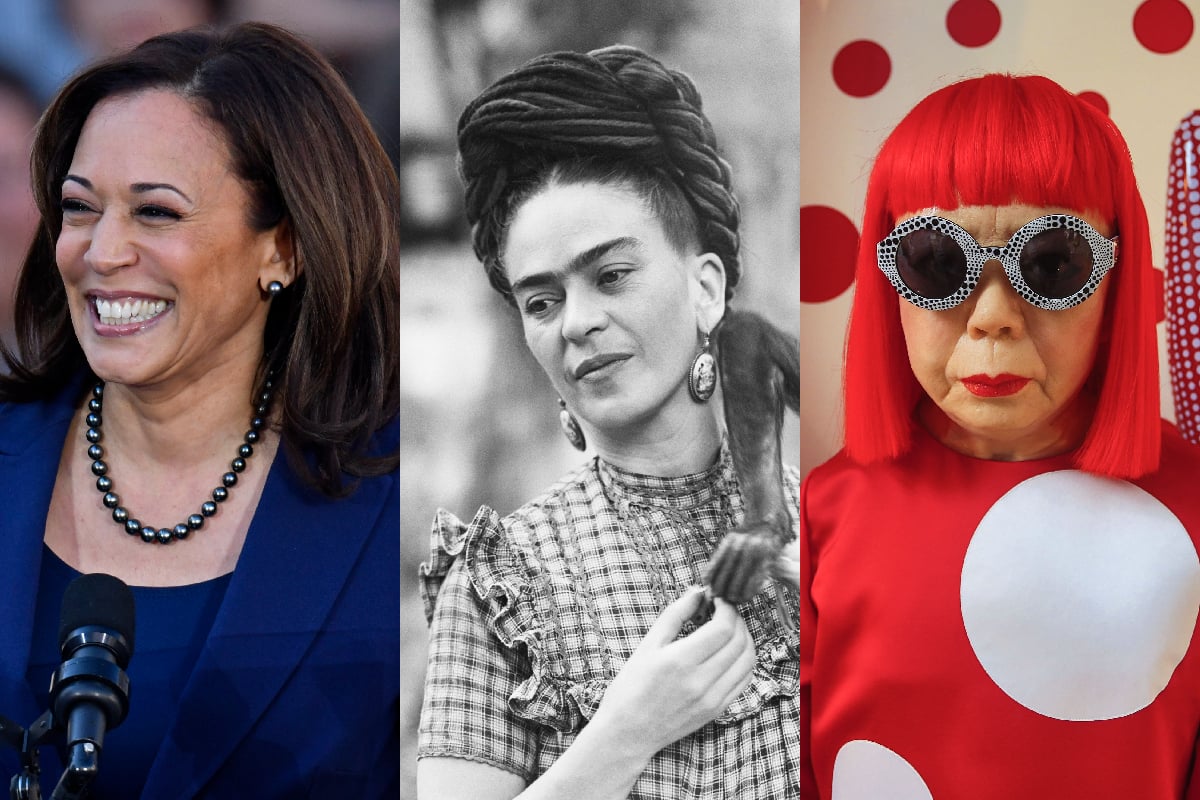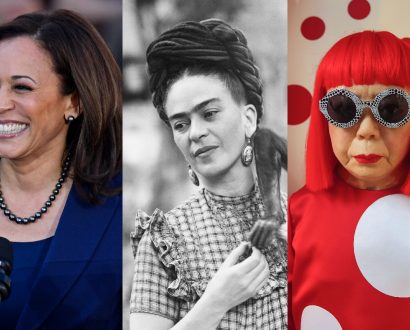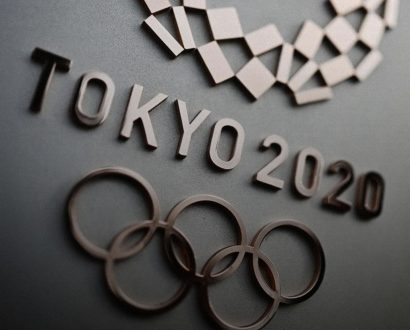Restrictive corsets, heavy hoop skirts, thoughts silenced and human rights ignored – the world has come a long way since the start of the women’s movement, but it’s still not far enough.
As fearless advocates champion women and educate men on equality, we can’t forget the incredible path that was tirelessly laid by the women before us.
At times when women weren’t allowed bank accounts or given the right to vote, these formidable figures made it their mission to disrupt conversations and be pioneers of change.
From fashion designers to artists and politicians, these influential game-changers have shaped equality and diversity, ultimately transforming the world as we know it today.
Champions of change
Gabrielle ‘Coco’ Chanel
Born in: France in 1883
Known for: founding fashion maison Chanel
Revolutionised: women’s fashion
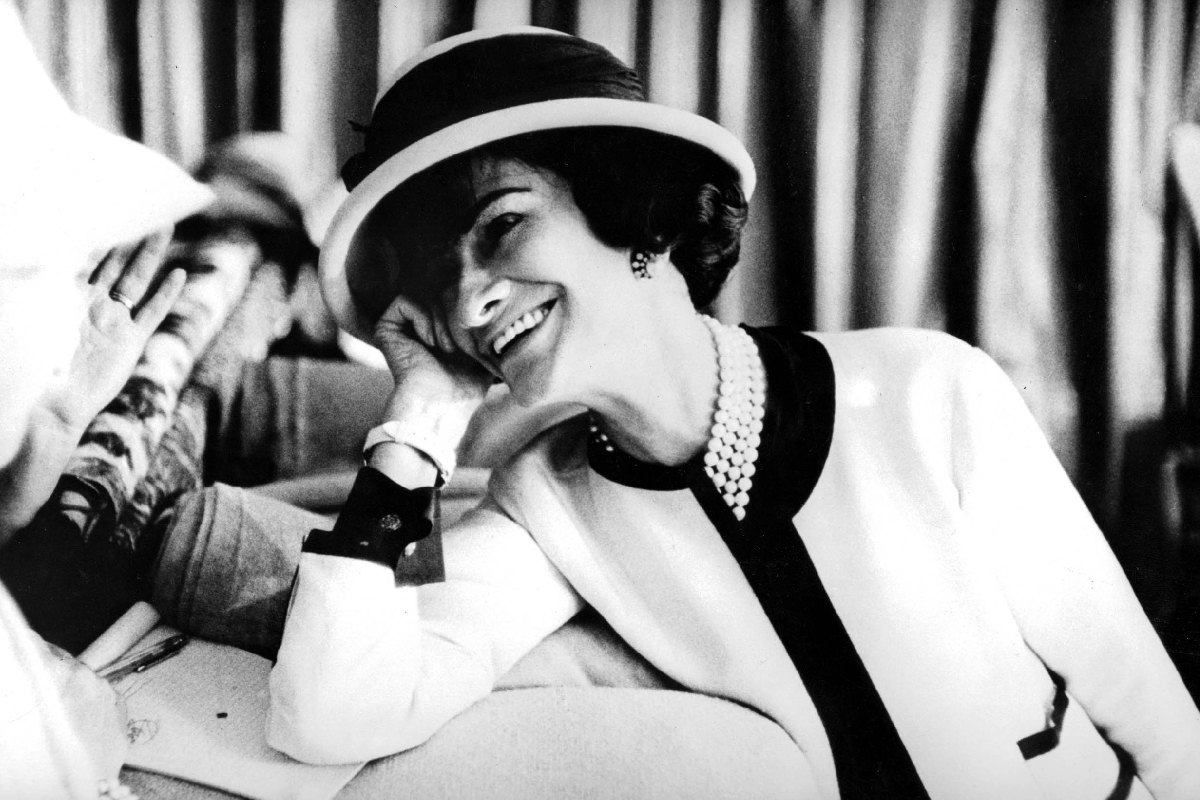
Gabrielle ‘Coco’ Chanel dedicated her life to fashion. As the founder of Chanel, the seamstress built one of the most exclusive and luxurious fashion maisons in the world, which continues to reign in supremacy long after her final breath in 1971.
While fashion is seen simply as a materialistic object to some, the revolutionary movement Chanel pioneered can’t be underestimated. The young designer transformed how women dressed, inevitably impacting the clothes we wear today.
In fact it was Chanel who first normalised women’s trousers.
Since the 14th century, pants have been a staple of men’s clothing where they became an icon of strength and masculinity, therefore the idea that women could wear fabric between their legs was completely off limits – not to mention quite scandalous.
The most courageous act is still to think for yourself. Aloud.” – Coco Chanel
However Chanel wanted women to live comfortably. After WWI in the 1920s she made herself a pair of trousers so she could climb in and out of Venetian gondolas with ease – and with that the first pair women’s yacht trousers were born.
Liberating women from a restrictive wardrobe of corsets, large skirts, lace and frills, Chanel adapted men’s slacks and shirts for women, ultimately giving them the freedom to move.
Continuing to break down gender norms, the seamstress used cotton jersey to make clothes – a soft material that was only used for men’s underwear; she introduced the little black dress, a beloved staple still popular today that initially symbolised the rejection of corsets; and she created the three-piece women’s suit, a versatile uniform for women in the 1950s.
Through using her tailoring acumen, Chanel was able to redefine femininity through creatively reinterpreting her surroundings, most often taking inspiration in men’s wear.
Born into poverty in country France, the seamstress’s career began with hat making before she established her luxury maison. Ruling Parisian haute couture for almost six decades, Chanel’s legacy lives on through her 310 boutiques, some 20,000 employees and signature designs – an empire worth an estimated US$13.2 billion in 2021.
Kamala Harris
Born in: the US in 1964
Known for: making history as the first female US Vice President
Revolutionising: American politics
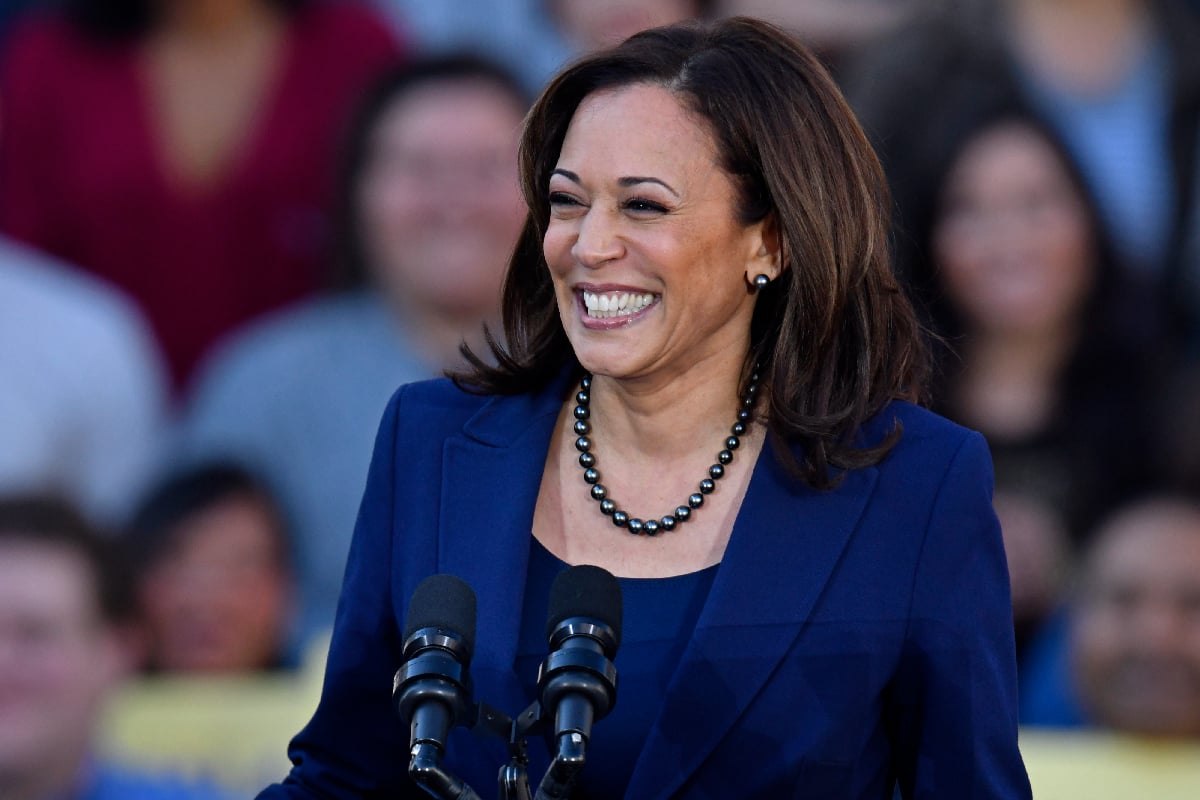
Kamala Harris has made many historic firsts.
But it was when she was sworn in as the US Vice President that she made one of her biggest marks on equality – becoming the first female, first person of colour and first Asian-American Vice President in American history.
“While I may be the first woman in this office, I won’t be the last,” Harris said during her victory speech. “Because every little girl watching tonight sees that this is a country of possibilities.”
Although becoming the highest-ranking woman in the US government took a lot of smashing of glass ceilings.
Not only has Harris been the first South Asian–American senator in US history, the second African–American woman elected to the senate, but she was also the first Black female attorney general for California.
“While I may be the first woman in this office, I won’t be the last.” – Kamala Harris
This trailblazing spirit is something Harris grew up surrounded by. Her late mother, who was a breast cancer researcher and activist, immigrated from India to the US in 1958, while her father is a Jamaican-American economist and professor emeritus at Stanford University.
Following in the academic footsteps of her parents, Harris studied and graduated with a degree in political science and economics before returning and graduating with a law degree in 1989. The young lawyer earned a reputation for toughness during her time as deputy district attorney in Oakland, often prosecuting cases of drug trafficking, sexual abuse and gang violence.
“My mother would look at me and she’d say, ‘Kamala, you may be the first to do many things, but make sure you are not the last,’” Harris said in 2018.
Harris rose through the ranks, advocating for social-justice, criminal-justice reforms and protection of women’s reproductive rights. But is a presidency on the cards?
Given that US President Joe Biden is turning 80 this year, one of the most influential women in the world could become America’s most powerful person – adding yet another first to her inspiring collection of history-making achievements.
Yayoi Kusama
Born in: Japan in 1929
Known for: her signature polkadot art
Revolutionised: the male-dominated art scene
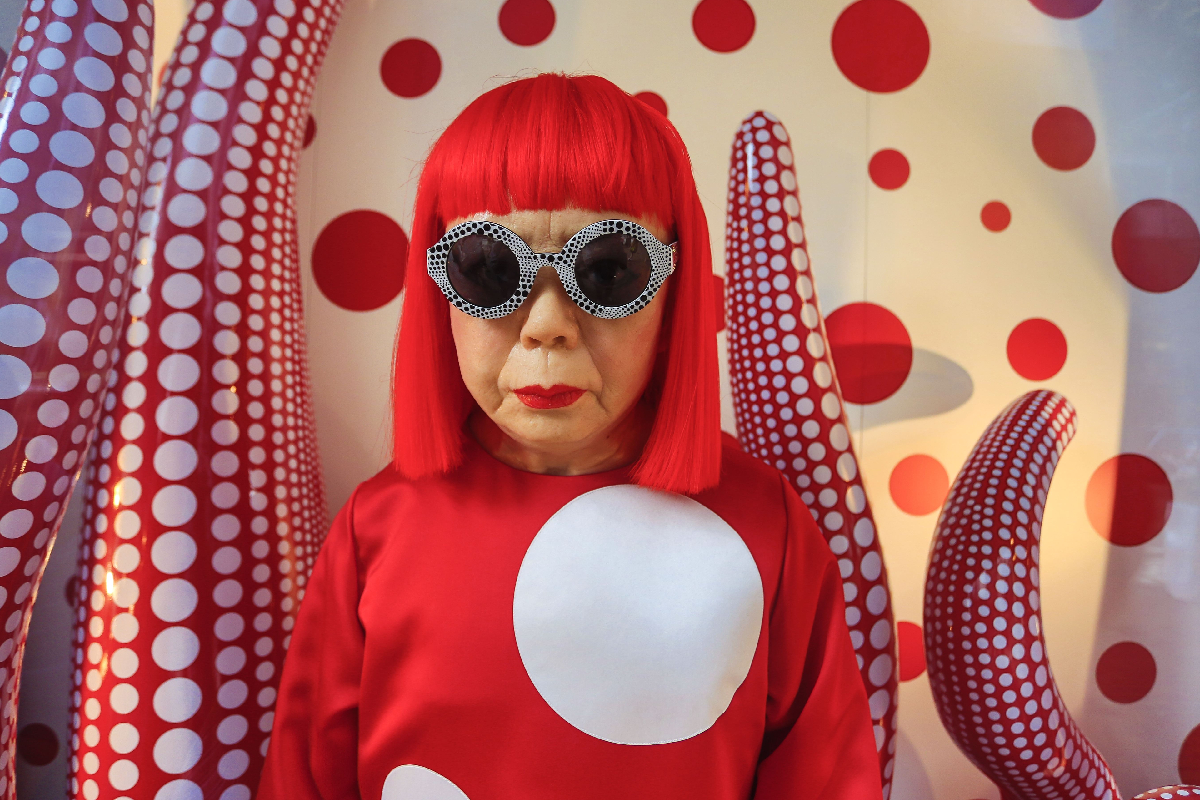
When you think of Yayoi Kusama, you can’t help yourself from immediately thinking of polka dots and a cropped red bob.
Synonymous with infinity installations and vibrant dots, Kusama is one of the most unique artists of recent times, however it’s impossible to separate her art and mental health.
Not only is she an extraordinary creative, but she’s paved the way for diversity. Having famously checked herself into a psychiatric institute in 1977 due to a history of neurosis – and she’s lived there voluntarily ever since.
Using art to overcome prejudices, Kusama has often described her work as “art medicine”.
Growing up as the youngest of four in a wealthy family, Kusama regularly had her inks and canvases confiscated by her mother. Despite this, the creative artist has been painting since she was a young child where she often experienced hallucinations involving fields of dots, inspiring her decades-long minimalist art career.
“My nets grew beyond myself and beyond the canvases I was covering with them,” Kusama said about her hallucinations in 1963. “They began to cover the walls, the ceilings, and finally the whole universe.”
After leaving Japan for the US in 1958, Kusama was fascinated by the pop-art movement, exploring anti-war, anti-establishment and free-love ideas. Her bold approach frequently disrupted the New York art scene including when she established a fashion line featuring clothing with strategically placed holes.
“I wanted to start a revolution, using art to build the sort of society I myself envisioned.” – Yayoi Kusama
Some of her works from the late 1950s and early ‘60s sold for US$15.2 million at an auction in May 2021, a figure double the pre-sale expectation.
With a phenomenal 60 year career behind her, Kusama is the highest-selling living female artist – and her popularity is showing no signs of slowing down.
Margaret Thatcher
Born in: the UK in 1925
Known for: being the first female British prime minister
Revolutionised: women leadership
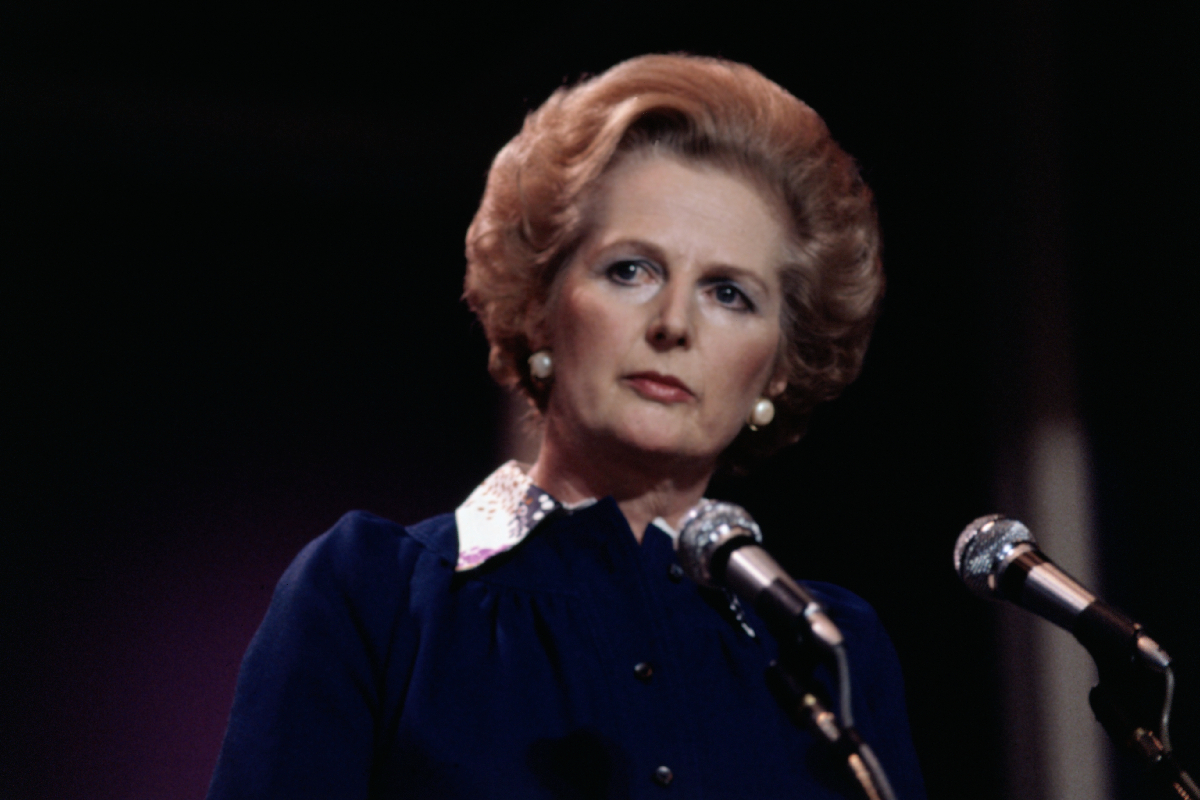
Margaret Thatcher may have been the first ever female British prime minister, but she was also the longest-serving prime minister of the 20th century.
While her reign ended in 1990, Thatcher continues to be a divisive figure. Despite what side people may sit on, one thing is certain, Thatcher indirectly paved the way for gender equality in what continues to be a typically male-dominated world.
Growing up as a grocer’s daughter who lived in the apartment above her parent’s store, Thatcher proved anything is possible.
With an autocratic leadership style, the former prime minister made quick decisions during her 11 year tenure. From re-establishing the country as a world power and transforming Britain’s stagnant economy, Thatcher earned a reputation as ‘Iron Lady’.
Despite her own brutal strength and ability to break the gender norms of parliament, it’s been documented that Thatcher did not strive to uplift women. In fact, during her time as prime minister, she only appointed one female cabinet member.
While she didn’t directly advocate for gender equality, her mark on history can live on to inspire younger generations – even the Obamas.
“She stands as an example to our daughters that there is no glass ceiling that can’t be shattered,” Barack Obama said.
Frida Kahlo
Born in: Mexico in 1907
Known for: her bold portraits
Revolutionised: feminism and diversity

From birth and miscarriage to abortion and sexuality, no topic was off limits for Frida Kahlo.
Using art to express taboo issues and start conversations, the Mexican creative wasn’t afraid to speak out about what women face, which was often ignored at the time, as well as the harsh inequalities of the 1900s.
Lauded as someone who dared to defy the need to fit in, Kahlo was fearless at breaking all social conventions through her honest and raw paintings – and it all started with a near death accident.
When the artist was only 18, she was involved in a bus accident which broke her spine in three places, broke 11 bones in her right leg, fractured her pelvis, dislocated her shoulder, broke her collarbone and punctured her abdomen and uterus. Being bedridden for months, Kahlo began painting with a specially made easel and mirror.
“Nothing is absolute. Everything changes, everything moves, everything revolves, everything flies and goes away.” – Frida Kahlo
Never hiding her masculine features in her self portraits, Kahlo exaggerated them, emphasising her mono-brow and faint moustache – always staying true to who she was with the utmost confidence.
This courage exuded through her clothing, of which she often wore men’s clothes or the stark contrast of colourful traditional costumes with ribbons and flowers in her hair, right through to smoking cigarettes, boxing and beating men in tequila drinking competitions.
Not only was Kahlo a feminist, but she was an advocate for diversity. She was openly bisexual, suffered polio when she was six, lived in chronic pain, required frequent surgeries. suffered several miscarriages, battled depression, anxiety and alcoholism.
Never hiding from the harsh realities or burning pain of her own life, the celebrated artist continues to disrupt global conversations with her collection of an estimated 200 paintings.
Just 47 when she died in 1954, her brilliantly coloured self portraits and honest reflections live on with her 1.2 million Instagram followers, inspiring generations of women to think independently.

